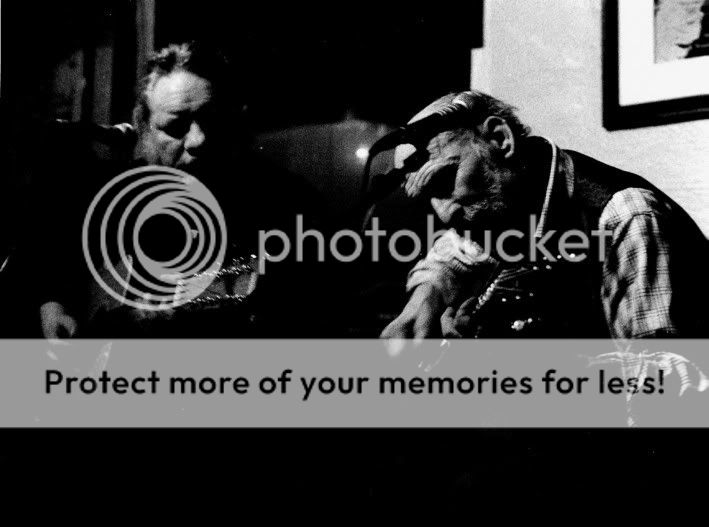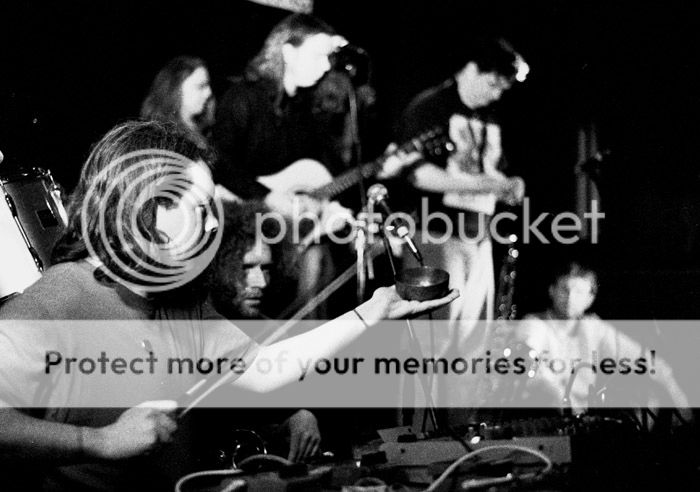La La
i drink your milkshake
film geeks:
if i want to 'push' a shot (ie shot on 400, pushed to 800) how do i go about it?
it was mentioned in my darkroom class last year but i haz forgot.
and damnit, im gonna do this anyway, now it's in my head
http://ie.youtube.com/watch?v=lylqvitgg7M
if i want to 'push' a shot (ie shot on 400, pushed to 800) how do i go about it?
it was mentioned in my darkroom class last year but i haz forgot.
and damnit, im gonna do this anyway, now it's in my head
http://ie.youtube.com/watch?v=lylqvitgg7M

